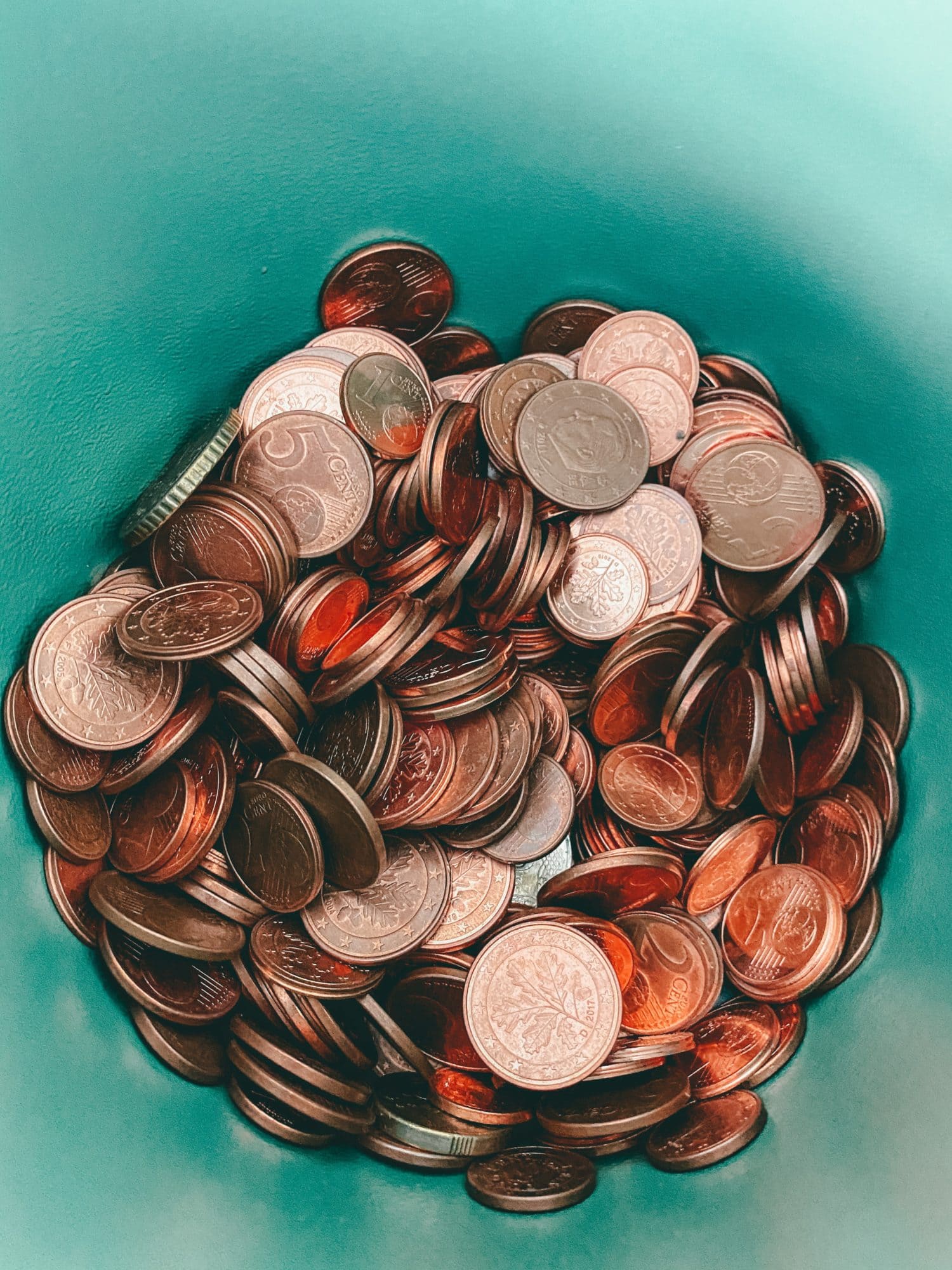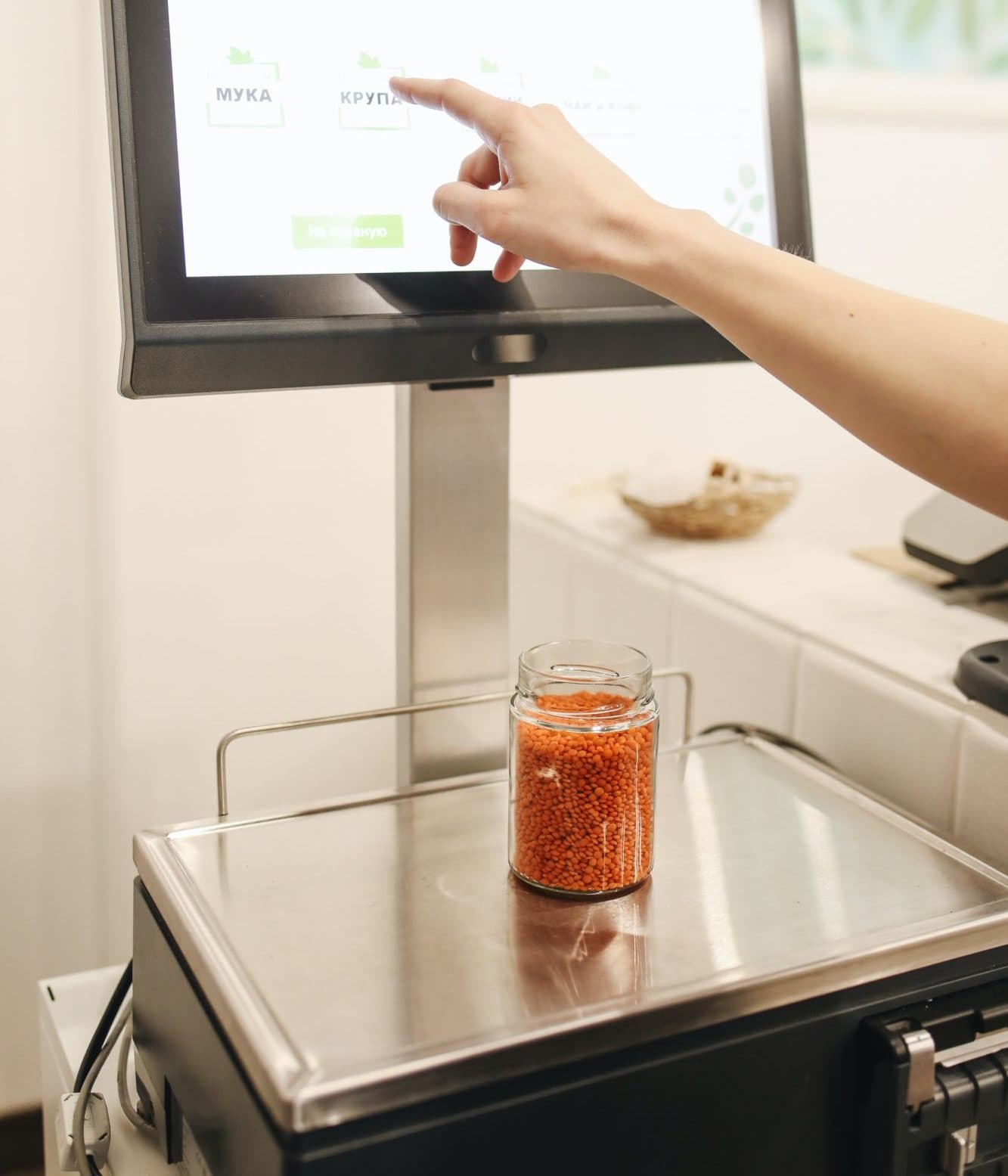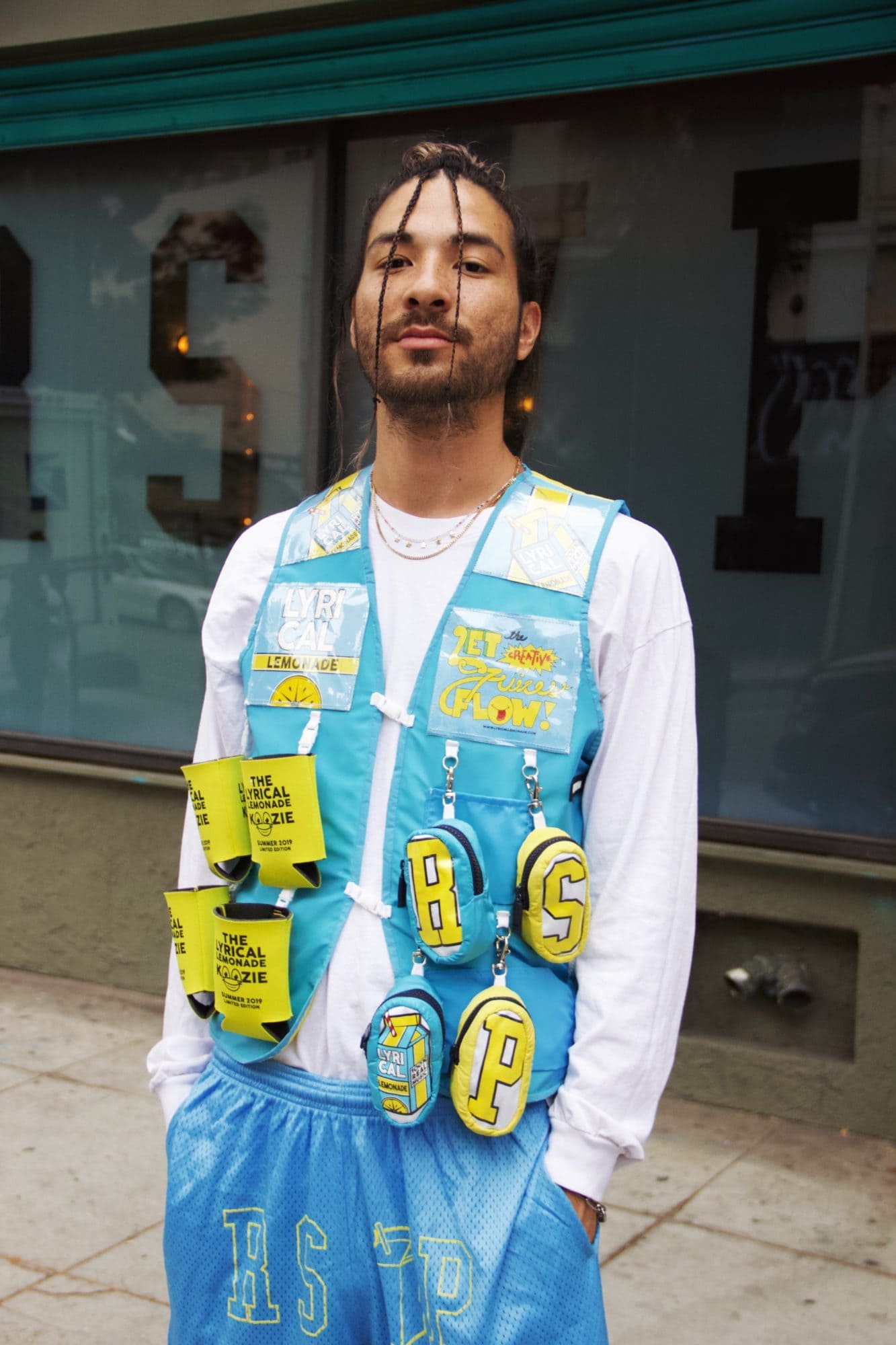Exploring a handful of sustainable futures that brands must adopt to ensure longevity in an increasingly environment-conscious culture
Sustainability in context
2019 was a pivotal year for bringing this important movement into the mainstream with a high proportion of the population becoming woke to the damage that our current level of consumerism is having on the planet. This new understanding among the masses was incited by a number of influential docuseries released in 2019 which spoke to the mere mortal, including ’War on Plastic’ commissioned by the BBC, and David Attenborough’s ‘Our Planet’ made for Netflix. Not only did these informative docuseries encourage many of us to change our consumption habits – that have traditionally been plagued by newism – but also to hold large brands and retailers accountable for choosing to contribute to environmental damage when eco-friendly and/or sustainable alternatives are available and can be applied with little need for additional resource.
With the latter part of 2019 seeing a sharp rise in ‘conscious consumerism’, we witnessed a movement which would see consumers boycotting brands deemed to be operating unethically and irresponsibly as far as the environment is concerned – particularly those suspected to be serial offenders of putting profit before planet.
Thus, it was predicted that 2020 would be the year that brands and retailers would put sustainability at the centre of their operations and be the driving force behind planet-saving initiatives, as opposed to being part of the reason for their need. Hopes of this were of course overshadowed by Covid, with brands and retailers having to focus their resource on dealing with the immediate threat of the virus, forcing many to put their original sustainability plans on hold.
All was not lost however as some brands still managed to achieve their environment-focussed goals in 2020 and implement new environmentally-friendly schemes, policies and design projects, despite challenges by reason of Covid, such as changes in consumer behaviour and the restrictions placed on retail. As we move further into 2021, we expect the sustainability in retail movement to gain a huge amount of traction among brands – but will it be over and above the hype that that we witnessed in 2019?
IN THIS ARTICLE…
In this long-read article we will be exploring a handful of sustainable futures that brands must adopt to keep pace and ensure longevity in order to ensure that Sustainable Retail is not a juxtaposition, but indeed an attainable end. We will also be sharing our perspective on what we believe ‘sustainable retail’ means for the future of the high street concerning retail strategy and design.








